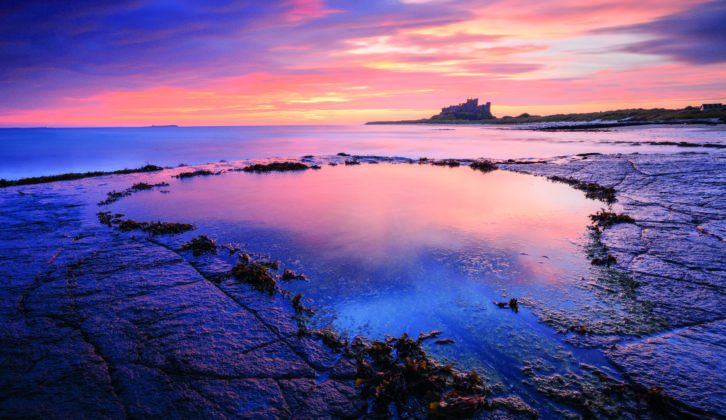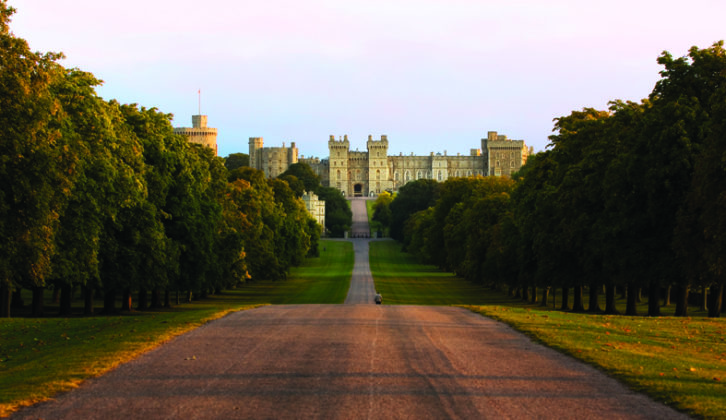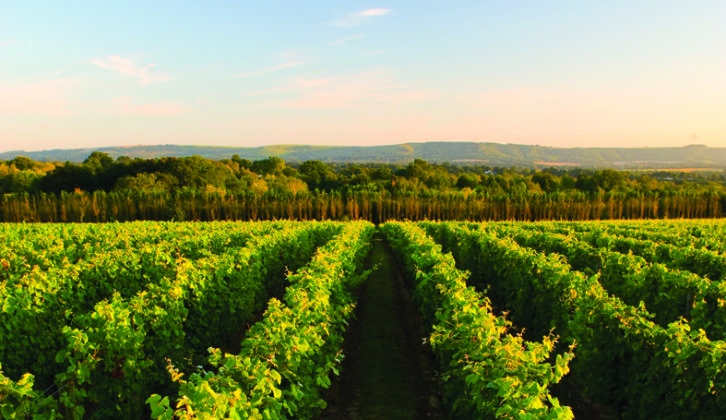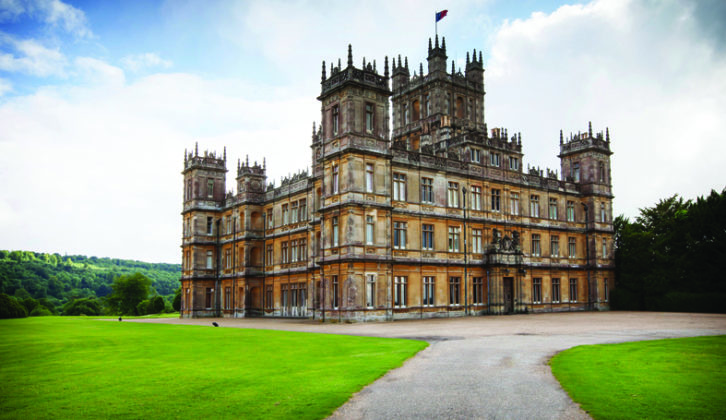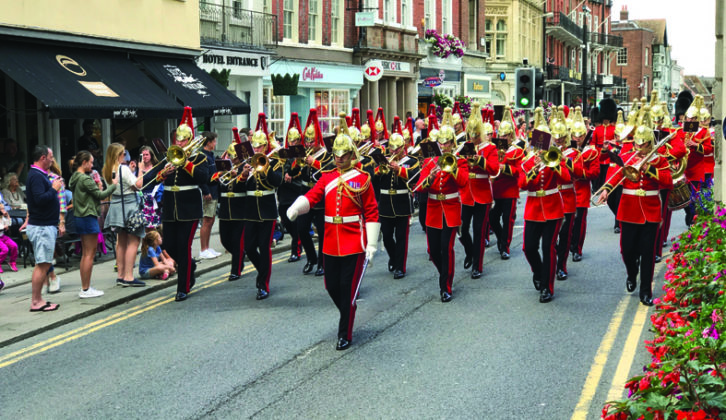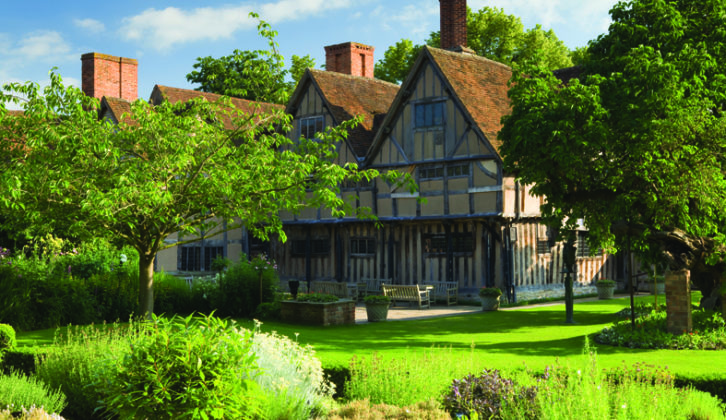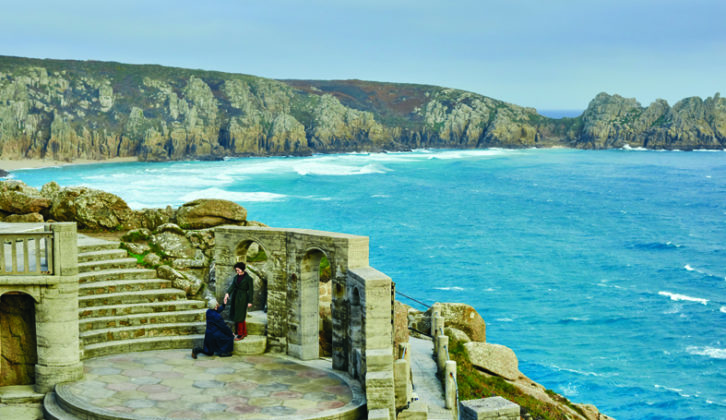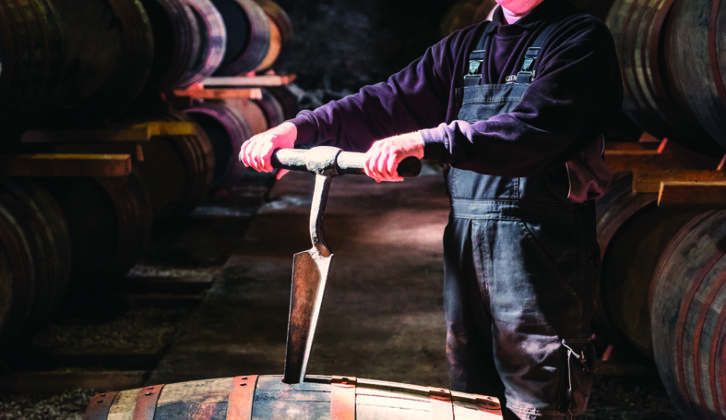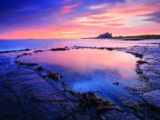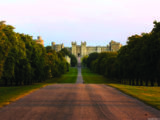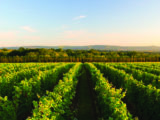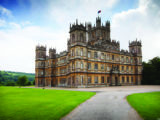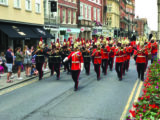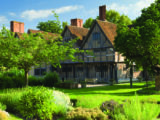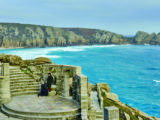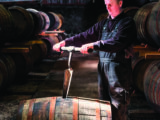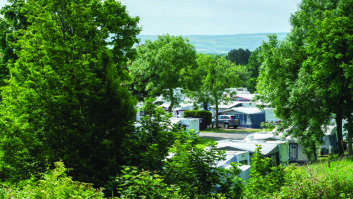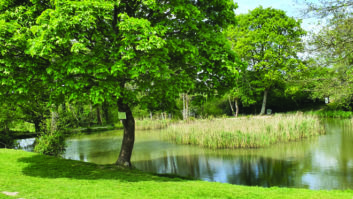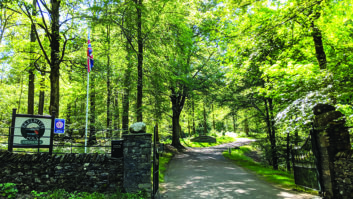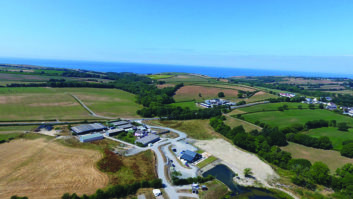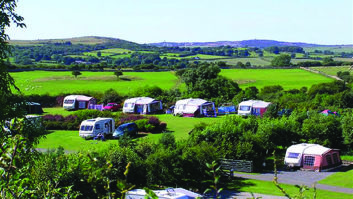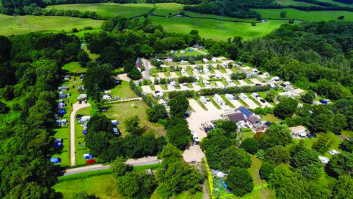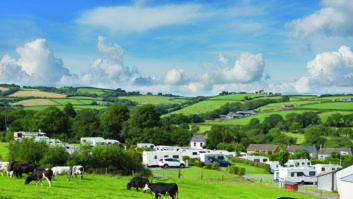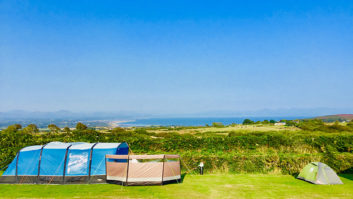Travelling to Europe might not be the easiest option at the moment, but there are plenty of things to see here at home on a great British staycation that are a perfect match for their Continental counterparts
The great outdoors
1 WALK ON
The Camino de Santiago pilgrims’ route – which begins in France and tracks across northern Spain before ending at the cathedral in Santiago de Compostela – is undoubtedly a special trail, full of wonderful views and pretty towns and villages, but the coastal walks of southern and south-west England are as beautiful and far more accessible, too.
What’s there and why visit?
The South West Coast Path, the UK’s longest national trail, stretches 630 miles around the coastline of the south-west peninsula, from the picturesque fishing villages of the south coast, around Land’s End to the surf beaches of the north.
Alternatively, the South Downs Way weaves its way across Hampshire and Sussex for 100 miles, affording wonderful views of the countryside and coast below.
Must see
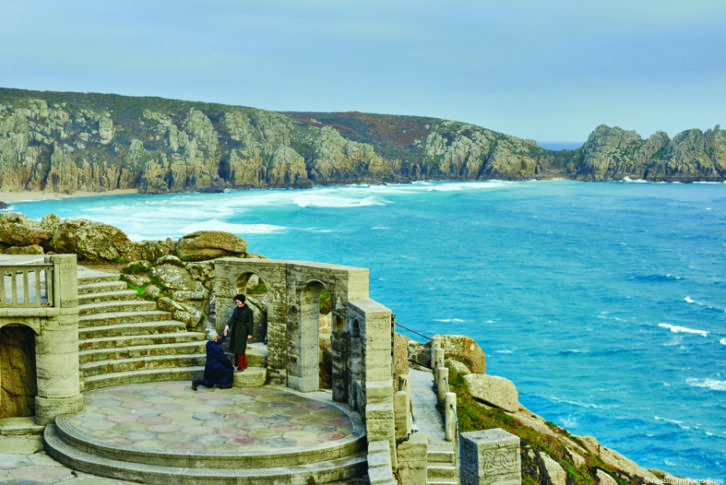
The south-west is packed with highlights, but we particularly love Clovelly, in Devon, with its cobbled streets and fine harbour. Views of the Minack Theatre, perched on the cliffs high above Porthcurno Beach in Cornwall, are impossibly beautiful.
In Sussex, the evocatively named Ditchling Beacon, Devil’s Dyke and Seven Sisters have panoramic sights to match.
Where to stay
Sennen Cove Camping & Caravanning Club Site is well placed for the Minack and walks from Sennen Cove to Land’s End.
Brighton Caravan & Motorhome Club Site makes ta great base for exploring nearby Ditchling Beacon and for walks over the Seven Sisters towards Eastbourne.
Why we love it
A chance to see England at its beautiful best and to recharge the batteries with a shot of power from Mother Nature.
2 I AM SAILING
The Greek Islands have long been a favoured destination with sailors of all abilities, from the experienced looking to challenge themselves in the wake of Odysseus, to those who prefer a gentler extension of a guided flotilla holiday.
Nevertheless, we are a nation of seafarers and there’s much to occupy budding sailors right here in the English Channel – nowhere more so than in the waters of the Solent, near the Isle of Wight.
What’s there and why visit?
Regardless of the sailing, the Isle of Wight itself is a fantastic touring destination, with beautiful beaches, pretty villages, castles and museums. The island is the home of sailing in the UK, with its showpiece regatta, Cowes Week, usually held during August.
Must do
Learn to sail! There are several sailing schools in and around Cowes, where you can receive instruction on Royal Yachting Association courses ranging from basic dinghy sailing to full-blown day skipper courses.
Where to stay
Whitefield Forest Touring Park is just 10 miles from the Cowes ferry and near the sandy beaches at Ryde and Sandown.
Why we love it
Learning a new skill. It’s great fun, too!
TAKE FIVE … BEAUTIFUL BEACHES
Silver Sands of Morar, Scotland
A slice of the Caribbean on the west coast of Scotland – these white sand beaches have magnificent views of the Hebridean islands.
Whiterocks Beach, Portrush, NI
This pristine Blue Flag beach off the Causeway Coastal Route has a beautiful stretch of sand cradled by limestone cliffs, with many natural caves and arches.
Rhossili Bay, South Wales
Three miles of windswept golden sand stretching away from the tidal island of Worm’s Head on the western side of the Gower Peninsula.
Bamburgh Castle, Northumberland
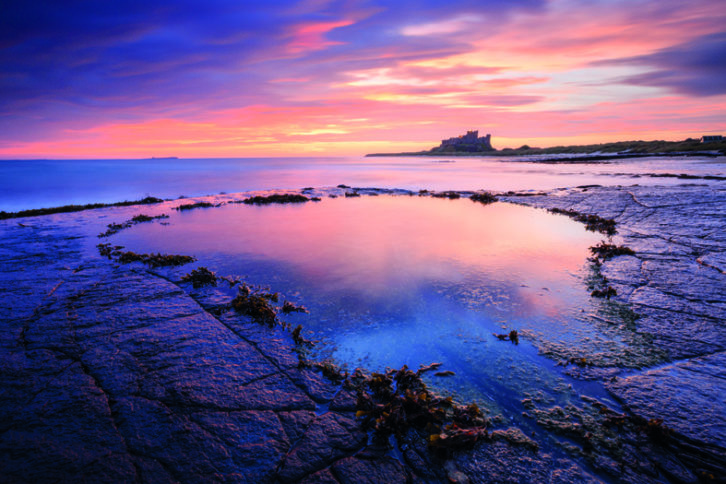
Europe has great beaches, but not many can claim to have a castle! The Norman fortification of Bamburgh dominates the landscape above this spectacular Northumbrian beach.
Holkham Bay, Norfolk
A prized possession of the east coast, Holkham forms part of a nature reserve and is rightly celebrated for its beautiful sands and varied wildlife. Breathtaking!
Drink in the memories
3 Whisky Galore
On a tour of Germany, you might think that beer or wine would be the drinks that round off your day, but actually, it could just as easily be whisky.
Germany is home to some 29,000 distilleries – and 250 of those produce whisky – almost twice as many as there are in Scotland. This business has boomed in the past 20 years.
Finland, Denmark, Norway and Iceland are all producers, even Italy is getting in on the act, releasing its first whisky in 2015.
Of course, Ireland is already well established as a whiskey producer, although it is home to surprisingly few distilleries. These countries all have stunning scenery to please the eye as you drive between establishment… but they are not Scotland.
What’s there and why visit?
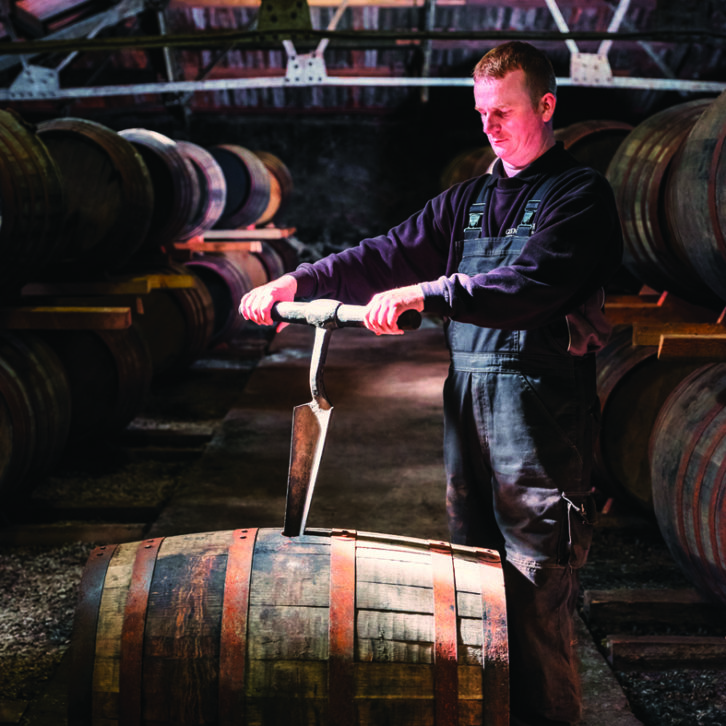
Scotland has133 distilleries producing fine whisky blends and malts. Some are located on the islands of Arran, Jura, Mull, Orkney, Skye and Islay, which would make a brilliant tour in itself.
But if you want to visit several in one area, head to Speyside, where you can follow the Malt Whisky Trail and see why Scotland has a reputation for the finest whiskies.
Must see
Make your base in Aberlour to visit the Craigellachie Hotel and its world-famous Quaich Bar, which resembles a traditional dining club and houses 900 whiskies from across the world. The food is good, too!
Where to stay
Speyside Gardens in Aberlour. This lovely six-acre campsite, is beautifully set within a Victorian walled garden and just a four-minute drive or a 30-minute walk from the Craigellachie. It’s also very handy for several of the distilleries.
Why we love it
The scenery! Every bend you take will have you gasping from the sheer beauty of it all.
The Spey Valley lies within the Cairngorms National Park, so getting there is a treat – you are surrounded by spectacular mountains. The River Spey itself is absolutely crystal clear and rightly famous for its salmon.
4 GRAPE EXPECTATIONS
There can be nothing nicer than relaxing over a glass of wine after a day of exploring – even better if the wine you’re drinking has been purchased direct from the vineyard.
Europe is the home of wine. France, Spain, Portugal, Italy, Germany, Greece (6500 years), Romania (6000 years) and Hungary (since Roman times), all have long, rich associations with the grapevine.
In Europe, you are spoilt for choice if touring a wine region and stocking up your cellar has appeal. Currently, you can bring back up to 90 litres of wine for personal use under Customs regulations.
But you really don’t have to go that far to get a good bottle of wine straight from the vineyard, especially if you have a penchant for bubbles.
There are around 200 vineyards that you can visit in the UK; many are finding the growing conditions (terroir and microclimate) so similar to that of France’s Champagne region, that they can now produce award-winning sparkling wines that will beat their French counterparts.
What’s there are why visit?
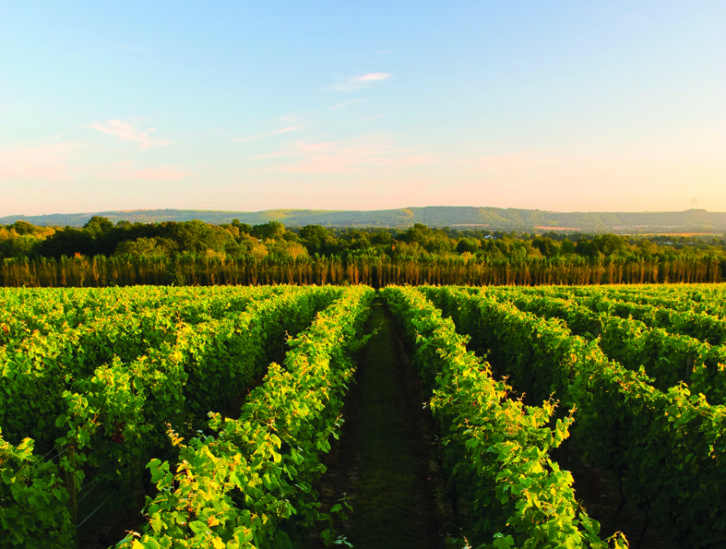
In Kent, Carr Taylor Vineyard produces sparkling and white wines; take a tour and visit the superb shop.
Ridgeview, which nestles in the South Downs on the edge of Ditchling in East Sussex, offers tours and tasting of its sparkling wines – nominate another driver and get stuck in!
Setley Ridge Vineyard, in the New Forest National Park, specialises in red, white and rosé still wines. You can take a tour here and wander back to your pitch on its CL.
Cwm Deri Vineyard. in the Pembrokeshire Coast National Park, Ten Acres Vineyard in Devon, Ty Croes Vineyard in Anglesey, and Sealwood Cottage Vineyard in Derbyshire, all have small campsites adjoining their vineyards. All also offer tours, tastings and the opportunity to buy a bottle or two.
Must see
For a concentration of vineyards, head to Kent and Sussex, and while you’re there, you can drop in to enjoy some of the fantastic gardens in the area.
Great Dixter House and Gardens is an inspiration, as are Marle Place and the National Trust’s Sissinghurst Castle Garden, Scotney Castle and Bateman’s.
Other gorgeous grounds include those to be found at Pashley Manor Gardens and Goodnestone Park Gardens. And don’t miss lovely Leeds Castle.
Where to stay
Far Acre is a working vineyard, farm and campsite, with a shower block, washing-up facilities and a chemical disposal point.
Why we love it
The number of wineries in the UK producing award-winning products, particularly sparkling wines, has grown significantly in recent years: these days, you really don’t have to travel across the Channel to see row upon row of vines and taste the resulting elixirs!
TAKE THREE… PERFECT PUBS
The New Quay Inn, Brigham
This inn in Brixham’s historic quayside area is one of the port’s oldest pubs and a short walk to the beautiful harbour.
The Old Success, Cornwall
Treat yourself to a pint of Tribute at another waterside pub! The Old Success has a magnificent view over Sennen Cove.
Angel on the Bridge, Oxfordshire
Oak beams, fireplaces, riverside views – this Henley institution is the archetypal Thames-side pub.
Historical places
5 LITERARY CONNECTIONS
In the western regions of France’s fabulous Loire Valley is the great city of Nantes, and its now regenerated shipbuilding docks. The area houses Les Machines de l’Île, home to a mechanical elephant, a three-tiered carousel of sea creatures and submarines, and a mechanical heron’s nest.
This hugely popular steampunk project lies just opposite the Musée Jules Verne, celebrating the French novelist who wrote Voyage to the Bottom of the Sea and Around the World in Eighty Days, and is considered to be the father of science fiction and steampunk.
Continue the tour north-east to the city of Amiens and you can visit Jules Verne’s house and observatory.
Verne is one of an armful of great French authors – Voltaire, Balzac, Camus, Hugo, Baudelaire, Sartre, de Maupassant and more – whose history makes a fascinating tour.
However, you don’t need to cross the Channel to follow the trail of a literary great. Britain has her fair share – the Brontë sisters in Haworth, Yorkshire, Jane Austen in Bath and Hampshire, Charles Dickens in London and Kent, Thomas Hardy in Dorset, Agatha Christie in Devon, and, of course, William Shakespeare in Warwickshire and London.
What’s there and why?
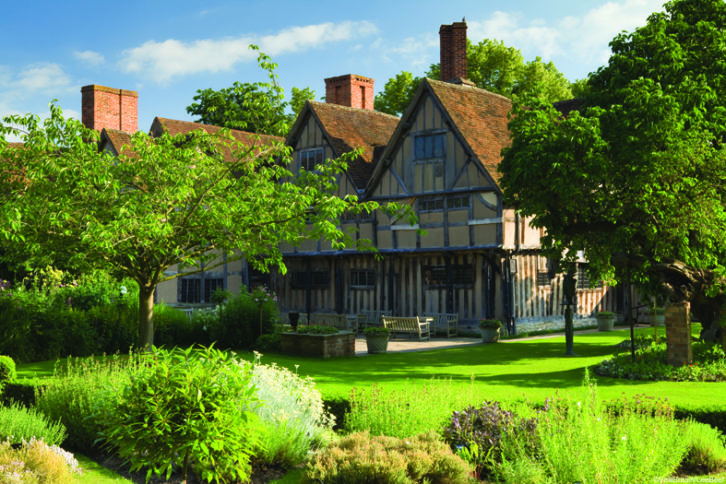
Tourists from all over the world are drawn to Stratford-upon-Avon, by its associations with Shakespeare.
There are five places to visit here that have very strong Shakespearean connections. These are his birthplace; his daughter Susanna’s house, Hall’s Croft; his wife’s childhood home, Anne Hathaway’s Cottage; and the farm where his mother, Mary Arden, grew up.
New Place, the grand house built by Shakespeare, no longer exists; but you can discover its history at the site on which it once stood.
Must see
Theatre buffs can take a fascinating behind-the-scenes tour of the Royal Shakespeare Theatre and the adjoining Swan Theatre, and then catch a memorable production in the evening. You can also visit Shakespeare’s grave in Holy Trinity Church.
Where to stay
Riverside Park, off Tiddington Road, Stratford is a half-hour walk or 15-minute drive away from Stratford’s town centre.
Why we love it
For those of you who love everything about ‘ye-olde England’, you will find it in spades if you visit Stratford. Anne Hathaway’s Cottage and Mary Arden’s Farm are away from the town centre, so you get to see a little of the beautiful Warwickshire countryside. Do visit spectacular Warwick Castle while you are in the area.
6 SEAT OF POWER
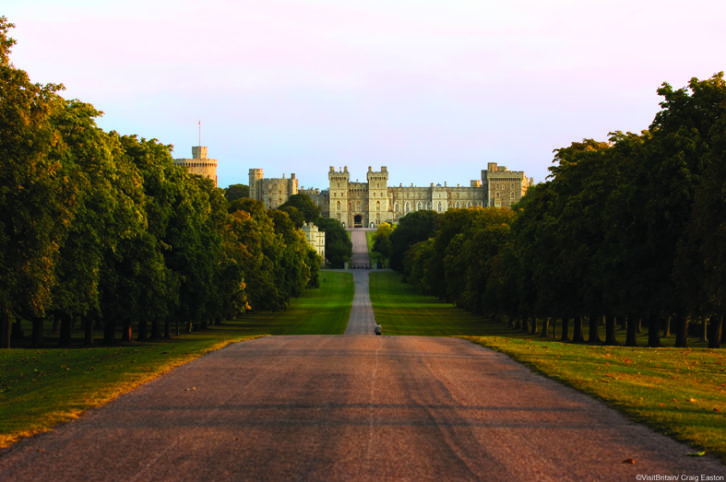
The Palace of Versailles, just outside Paris, was the seat of power of the Sun King, Louis XIV, and is a wonderful testament to his great vision – and perhaps his excess.
There are parallels between Louis and our own sovereign – both are the longest-reigning monarchs in their respective countries and both have an enviable property portfolio.
In the case of Elizabeth II, Windsor Castle is known to be a favoured royal residence, and this is also the oldest and largest occupied castle in the world.
What’s there and why visit?
Buckingham Palace may be fun when you’re visiting the capital, but in terms of royal watching, Windsor is where it all happens and where you can expect to find the family in residence most regularly.
State apartments, including the Grand Reception Room and the Queen’s Drawing Room, are resplendent in decoration, and many reflect Charles II’s attempts to rival the achievements of his cousin Louis XIV at Versailles.
Must see
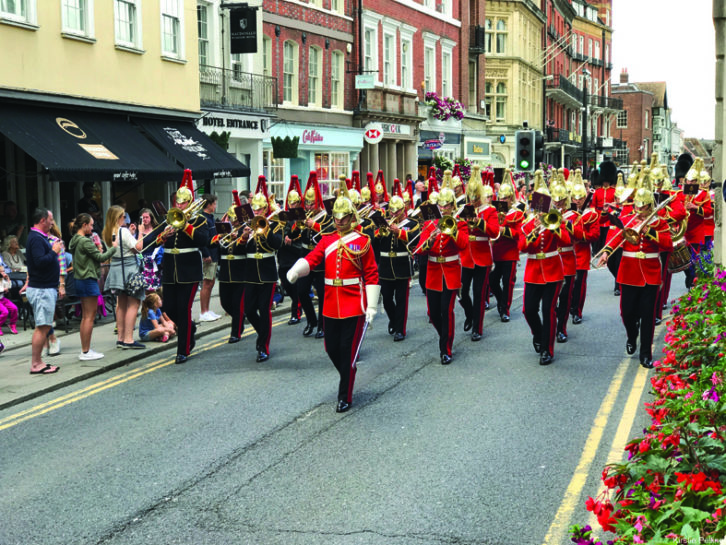
The Changing of the Guard is arguably more impressive here than at Buckingham Palace, because the soldiers march through the town of Windsor. In addition, be sure to visit St George’s Chapel, one of the finest example’s of Gothic architecture in England and the location of many royal weddings, including, most recently, that of Prince Harry and Meghan Markle.
Where to stay
Hurley Riverside Park features in our Top 100 Sites Guide and is well-placed for Windsor Castle and Legoland.
Why we love it
Pomp and pageantry in one unique place.
TAKE ONE… TV LOCATION
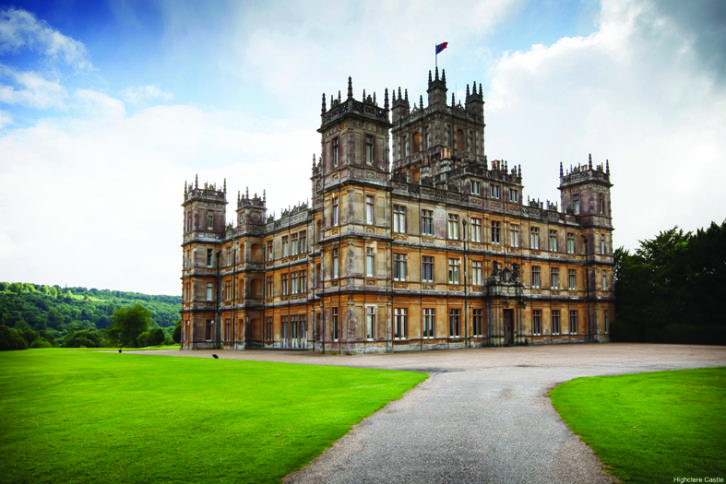
One of our greatest exports, the fictional Downton Abbey and its residents, the Crawleys, has fascinated viewers around the globe in what is an international success. To see the real thing, head to Highclere Castle, where much of the filming took place. You can take a tour of the State Rooms and the Capability Brown landscaped gardens.
If you liked this… READ THESE:
15 socially distanced activities to enjoy from a campsite
If you’ve enjoyed reading this article, why not get the latest news, reviews and features delivered direct to your door or inbox every month. Take advantage of our brilliant Practical Caravan magazine SUBSCRIBERS’ OFFER and SIGN UP TO OUR NEWSLETTER for regular weekly updates on all things caravan related.
